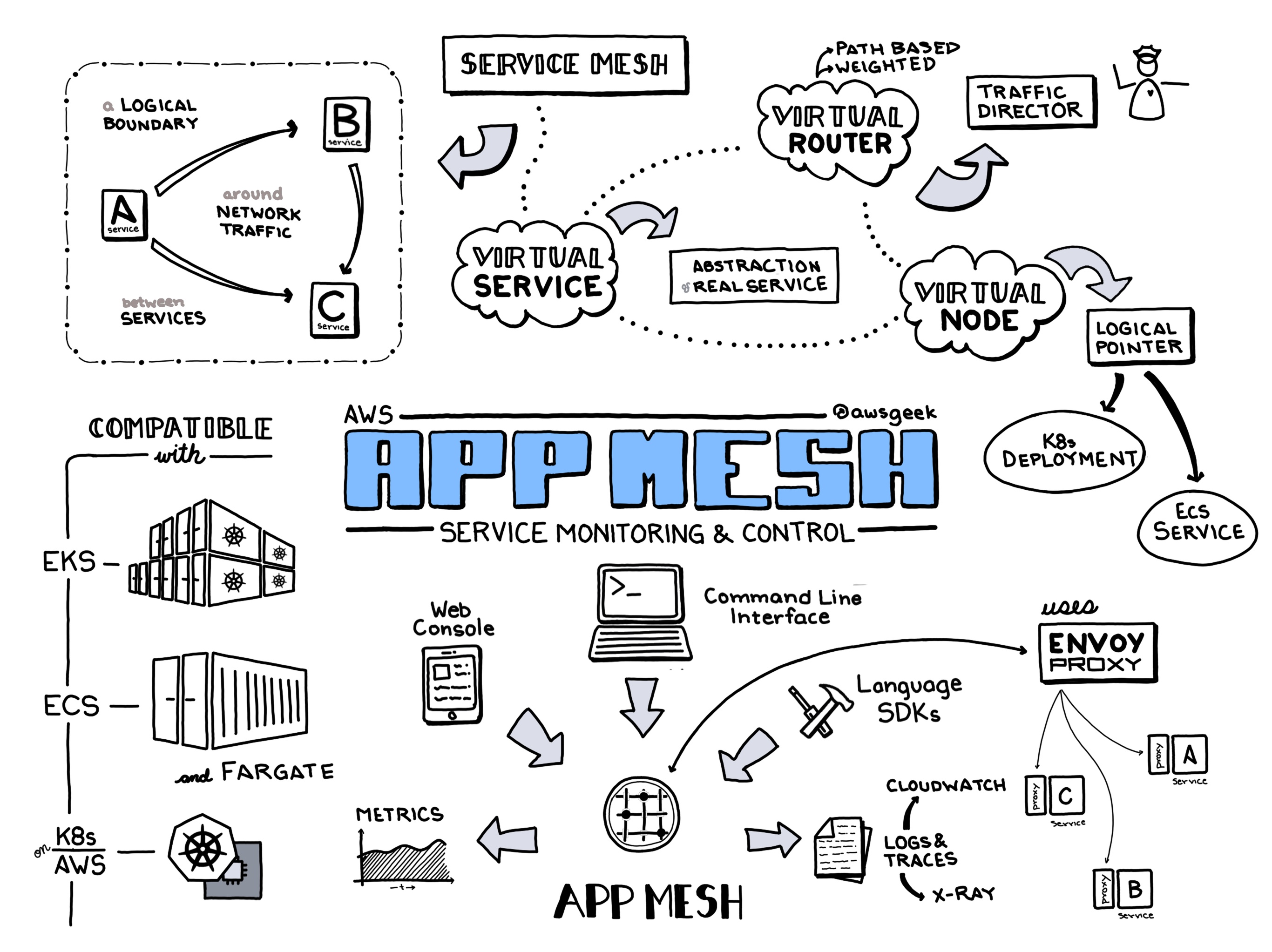
AWS App Mesh is a service mesh that provides application-level networking to standardize communication between services, allowing developers to build and deploy complex microservices applications. It enhances connectivity, security, and observability while supporting a range of use cases that are essential for successful microservices deployment.
Use Cases
With AWS App Mesh, developers and IT administrators can streamline microservices operation through a consistent framework. The service is ideal for microservices applications where there is a need for dynamic, secure, and reliable communication between services. It facilitates advanced traffic routing, allowing for functions like canary deployments and A/B testing, which helps in effective update rollouts with minimal disruption. App Mesh also provides built-in observability to monitor service health and manage application performance in a distributed architecture, making troubleshooting and optimization straightforward.
Pricing
AWS App Mesh pricing is based on the amount of data transmitted through the mesh and the number of Envoy proxy hours consumed. The data transmission costs include the data processed by using the features of App Mesh, such as routing and traffic control, while the proxy hours are calculated based on the combined time the proxies are deployed. Details of the pricing can be complex, and it is essential for users to review their projected usage and consult the AWS App Mesh pricing page for a more detailed understanding of potential costs.
Scalability
Amazon Web Services designs App Mesh for high scalability, allowing it to handle tens of thousands of service mesh nodes. This is suitable for organizations that expect rapid scaling of services due to growth in demand or expansion across geographical boundaries. Its design is robust enough to accommodate complex architectures with relative ease, should you need to significantly scale your applications.
Availability
AWS App Mesh is built on the backbone of AWS infrastructure which ensures high availability through its multi-region and multi-AZ deployment options. App Mesh itself supports high availability configurations, including redundant and diverse connections, to ensure that there is minimal impact on communications even in the case of single points of failure. This plays a critical role in minimizing downtime and maintaining service reliability.
Security
Security in AWS App Mesh is integral, implementing robust encryption and authentication measures. It leverages Transport Layer Security (TLS) to encrypt service-to-service communication and supports mutual Transport Layer Security (mTLS) to verify the identity of each service. In addition to these features, integration with AWS IAM provides fine-grained access controls. It supports scenarios where services need to communicate securely, adding another layer of protection for sensitive data transmissions.
Competition
In the realm of cloud-based service mesh solutions, AWS App Mesh faces competition from other major providers including Alibaba Cloud, Google Cloud, and Microsoft Azure.
Alibaba Cloud provides Alibaba Cloud Service Mesh (ASM), which is a fully managed service mesh built on Istio. It integrates deeply with Alibaba Cloud's Container Service for Kubernetes, simplifying deployment and management of service-to-service interactions. More details can be found on their official ASM page.
Google Cloud offers Anthos Service Mesh, which is tightly integrated with the rest of Anthos, allowing seamless service management across on-premises and on-cloud environments. It is also built upon Istio and provides security, resilience, and operational peace of mind for your microservices. Additional information is available on the Anthos Service Mesh page.
Microsoft Azure’s Azure Application Gateway with the Web Application Firewall (WAF) provides similar capabilities through layer 7 load balancing and HTTP/2 support. Azure allows easy governance of microservices with an emphasis on scalability and security. You can read more about it on the Azure Application Gateway page.
Each of these cloud providers offers unique capabilities alongside similar primary infrastructure for service mesh, giving developers options based on their specific use cases and regional availability. Understanding the nuances between these offerings can help organizations make an informed decision about the service mesh that suits their needs best.
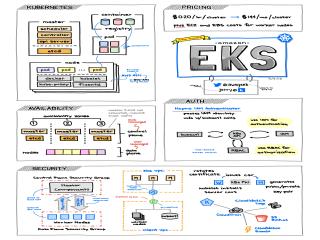 Amazon EKS
Amazon EKS
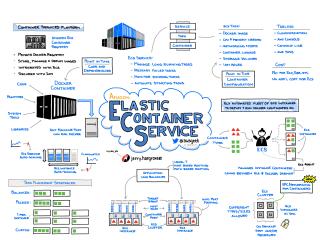 Amazon ECS
Amazon ECS
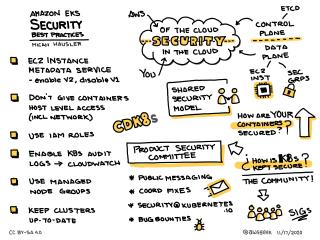 AWS Container Day
AWS Container Day
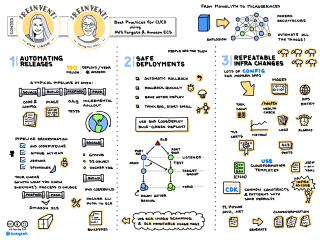 CI/CD with Fargate & ECS
CI/CD with Fargate & ECS